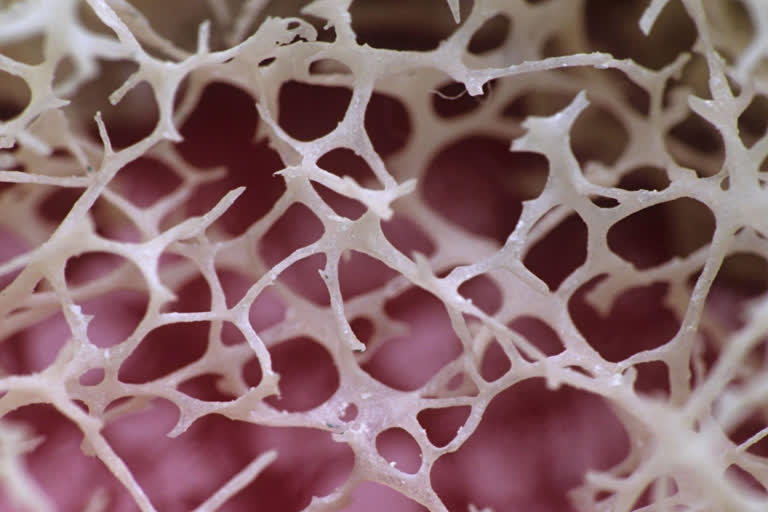Washington [US]: The spongy tissue found inside bones called bone marrow is in charge of producing platelets, white blood cells, and red blood cells. Anemia, blood malignancies, and dangerous infections are all more likely to occur as a result of bone marrow failure syndromes. Poikiloderma with neutropenia is a rare bone marrow failure illness that may have a potential treatment, according to research conducted by Washington University School of Medicine in St. Louis. Treatment options for additional bone marrow failure disorders with comparable underlying dysfunctions may also be affected by the research. The findings of the research were published in the journal Science.
Poikiloderma with neutropenia is caused by mutations in a gene called USB1. Despite knowing the genetic error that causes the disease, the specifics of what the error does to cause bone marrow failure have long been a mystery. When the bone marrow fails, the body can't make healthy red blood cells, white blood cells and platelets. People with these types of diseases are at increased risk of infections and are prone to developing skin and blood cancers.
"There are no cures for poikiloderma with neutropenia," said co-senior author Luis Batista, PhD, an associate professor of medicine, adding, "Patients are at high risk of dying from complications of infections, and scientists had no idea why mutations in this gene lead to bone marrow failure. In this new study, we found a novel role for an enzyme that opens the door to future clinical trials. There are investigational drugs that block this enzyme, so we are hopeful that clinicians who treat these patients may find this a promising strategy to pursue."
Studying human embryonic stem cells engineered to model this syndrome, the investigators, including co-senior author Roy Parker, PhD, of the University of Colorado, Boulder, found a problem with the processing of molecules called microRNA. The processing problem causes specific microRNA molecules to break down faster than they should. Without sufficient levels of these microRNAs, the stem cells can't develop into normal blood cells.
